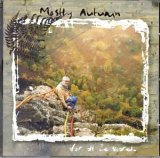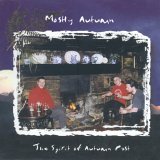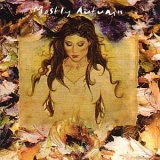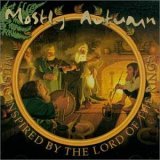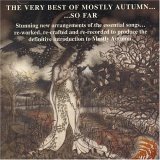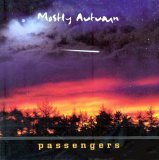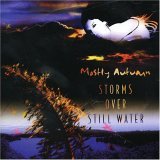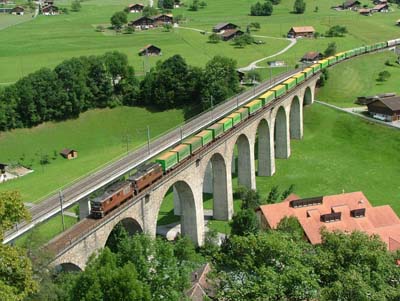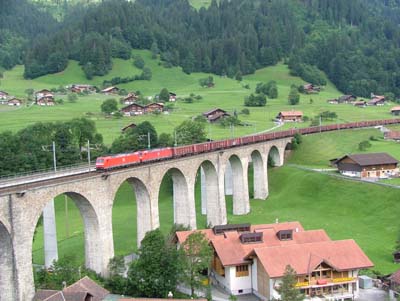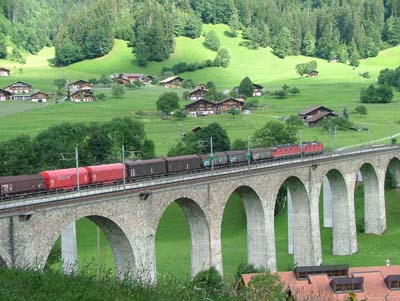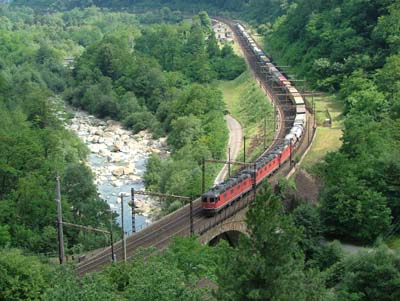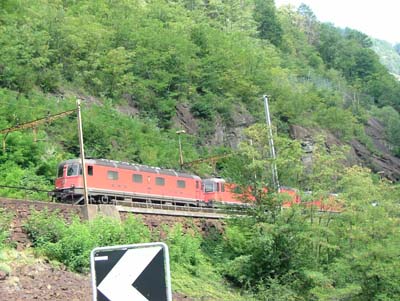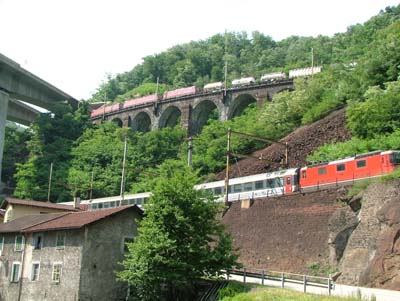Consternation is the latest of a series of RPGs held every other year in New Hall in Cambridge. I attended the previous event, called Conjuration, in 2003, and that was a whole heap of fun. This one was even better.
The focus of the convention was RPGs, with a lot of tabletop games covering just about everything except d20 and World of Darkness (somebody described the convention as ‘a bit elitist’). Nobody was running Skyrealms of Jorune this time, though. I wonder when someone’s going to run Tales of Garghentihr? The convention’s special guests were Alan Varney (of Paranoia fame) and Marcus Rowland.
As well as tabletop RPGs, there were several LARPS, some of them sounding quite surreal, such as a Paranoia/Cthulhu crossover called “Will All Elder Gods Report for Termination”, and the even stranger “Gamer’s Wives”, billed as “Footballer’s Wives” with gamers. There were panels running throughout the con, one or two of which I’d like to have attended had they not clashed with games I really wanted to play.
As is typical of college venues, the rooms were spartan but clean. One very welcome change from Conjuration was that the college refectory was serving meals this year. Last time there was just breakfast, and we had to subsist on takeaways the rest of the time, which meant I suffered the worst Chinese meal I’d ever had in my life. This time they served dinner on Friday and Saturday, and lunch on Saturday and Sunday. And the food was far, far better than the ‘skool dinner’ fare I’ve had to endure at some other college venues.
Over the course of the weekend I played in no fewer than six games, the most I’ve ever managed in a single convention. I also managed to cover most bases genre-wise, with the exception of costumed superheroes, a genre I don’t care for much anyway.
Friday Night was Call of Cthulhu, a game I always try to play at least once at every convention. This one had the PCs as an elite British commando unit parachuted into the Swiss Alps, where a high-ranking general’s plane had been shot down. Although Switzerland was supposed to be neutral, this town near the German border was crawling with Nazis. Our mission was either to rescue the general, or failing that, make sure any battle plans contained in his head couldn’t fall into enemy hands. Naturally we ran into squamous and rugose Mythos entities, gruesome deaths and failed SAN rolls almost immediately. It ended up with us disrupting a unspeakably blasphemous ritual, featuring tentacles and an 83% PC mortality rate. In the end, my character was the only survivor.
First game on the Saturday was the current game of the moment, Dogs in the Vineyard. I signed up for this largely to see if the game really does live up to all the hype. The theme is psuedo-Mormon religious police in 1850s Utah, and the system involves buckets of dice. Not just d6s either, it can also use lots of d4s, d8s and d10s! In this game we ended up having as many conflicts between PCs as between us and the NPCs, caused by the fact that one PC was a little too fond of summary executions (“You’re a sinner!” Bang!) Interesting game, even though the focus is bit narrow, and I wonder whether it can sustain a long term campaign. As a one-off one-shot, though, it’s fine.
Second game was “Diana: Warrior Princess”, run by Marcus Rowland himself. This one was the spin-off series, “Elvis, the Legendary Tours”, with the PCs as Elvis and his band, including Vlad Lennon, Senator Joe McCartney, and the Roadie Bob “The Builder” Marley. As you should have gathered by now, this not a remotely serious game. My best line was, when confronted by a werewolf in Memphis was “I stun him with a bass solo”.
Final game on Saturday was classic Traveller. We were the survivors of a starship crash on an ice planet, a mixed group including a general, the ship’s first officer, a big game hunter, a nun, and a Duchess’ secretary (me). Our first problem was to avoid dying of cold, and our next problem was to get off this forsaken planet. The complications were that not only was the planet inhabited by nasty squid-like creatures, but we eventually discovered that the we were deep in Zhodani space; it was a very bad misjump before the crash.
I played two shorter games on the Sunday rather than the more usual one longer one. First was a World War Two schoolchildren game run by Mark “L’Ange” Baker, using Unisystem as the game system. Being a Mark Baker game, it came with his usual vast amount of research and reams of handouts. What were the mystery lights on the cliff? Is the German master really an enemy spy? Can the children save the day? All with lashings of ginger beer!
The final game was Ars Magica, the game of medieval magic and Latin nouns and verbs. This was an introductory adventure, in which the player characters were a bunch of apprentices sent out to the Summer Fayre with a shopping list, and a collection of things to trade for them. Naturally we weren’t told what any of the things we were supposed to buy actually were, or the true nature of the things we had to sell. That we had to find out for ourselves!
Overall, it was a great convention, thanks to Phil Masters and the rest of the convention committee. Roll on the next one in two years time!
Update: Ozzy has some photos online. There are even one or two of me…
